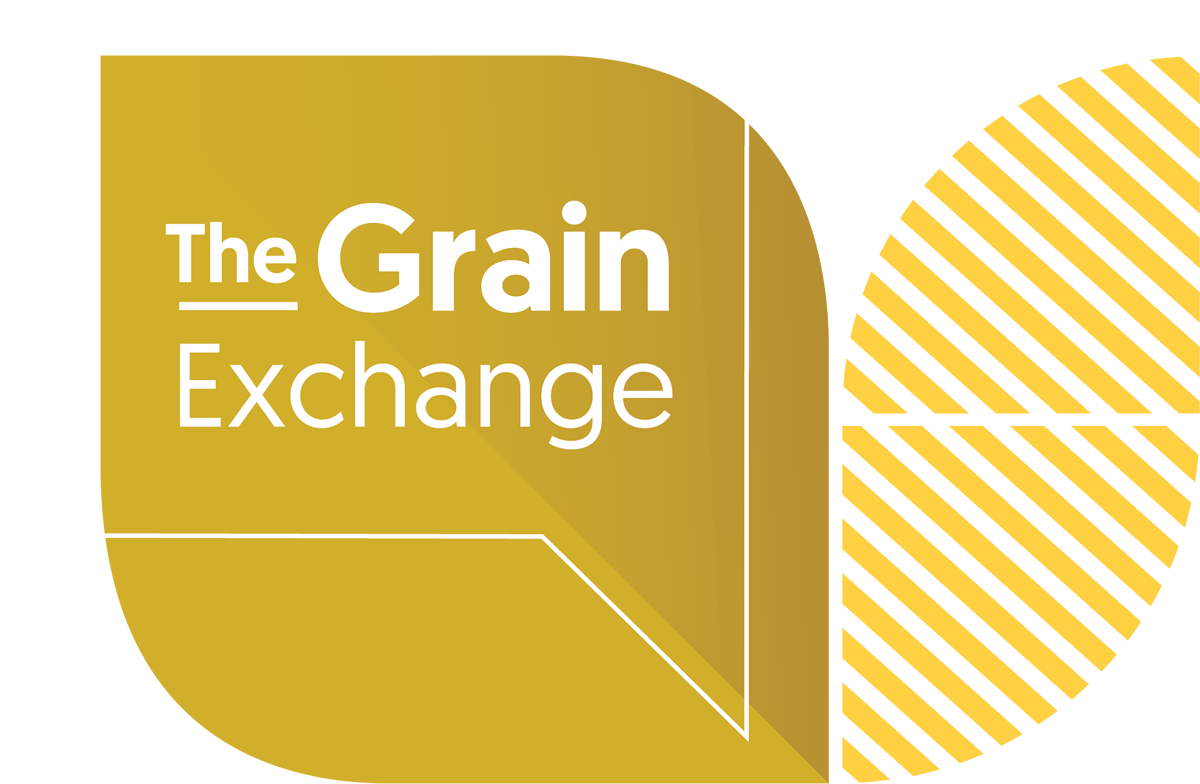An update on Seed Regulatory Modernization
If you’ve been cruising twitter or checking out agriculture news publications, you may have seen the term Seed Regulatory Modernization (SRM) tossed around - what does it all mean?
In 2018, the federal government set an agenda for regulatory reform. Last year, the spotlight was turned to seed regulation, beginning the SRM process much anticipated by the seed industry. The goal of the process is to reduce regulatory burden and redundancy that applies to seed released into the environment, sold in Canada, or exported to other countries. Although the process has been ongoing for some time, it is just now receiving widespread attention from those not involved in the lifecycle of a seed before it reaches the farm gate.
The current seed-related regulatory framework includes the Seeds Act, Seed Regulations, the Weed Seeds Order, and policy procedures outside the federal regulatory system but under the purview of groups like the Canadian Seed Growers Association, such as Circular 6. The current framework covers the development and registration of new seed, and the sale of seed to farmers or international markets. The regulatory framework was last reviewed in 1996 and is, therefore, out-of-date as the seed sector has experienced many innovations since this time including the consolidation of several seed industry groups under what is now known as Seeds Canada.
To this point, the Canadian Food Inspection Agency (CFIA), responsible for much of the regulation, has developed an SRM working group, with sub task teams responsible for examining specific parts of the regulation for possible reform. Options for reform can include: status quo, eliminating portions of regulation, switching to incorporation by reference (taking pieces out of the official Act and regulation and moving them to reference documents where they can be more easily and frequently updated), or any combination of these options.
While most of the interest in the SRM process has come from those in the seed industry, the regulatory framework that is the subject of SRM certainly touches farmers as well. The framework impacts the standards that seed must prescribe to before it reaches the seeder. What are the requirements for registration? How is it named and labelled? How has it been tested to ensure quality? While there have been farmer advocacy groups at the table for SRM, including representation from the Alberta Wheat and Barley Commissions, there needs to be enhanced participation beyond the regulators and seed industry to ensure a balanced response to the consultation.
To highlight the importance of the framework and how other countries handle the regulations, in November 2021, Seeds Canada called for a Future of Seed Stakeholder Summit. Ellen Sparry, president of Seeds Canada expressed that “producers’ needs and realities must be more clearly understood to ensure we are putting the right tools in place.” Wheat and barley producer associations are working together to review the framework and ensure that the CFIA and other stakeholders are aware of the needs of producers and considerations are incorporated in the modernized regulations.

